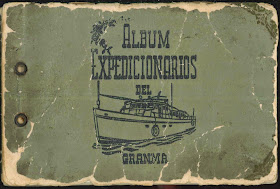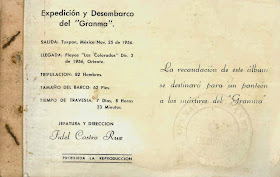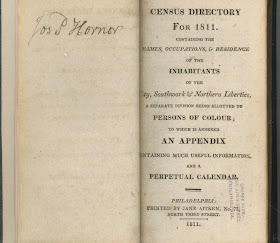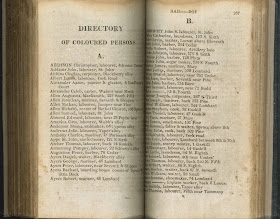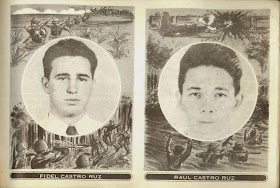 The recent news about the possibility of increased travel between the United States and Cuba has coincided with a recent and relevant acquisition here at Rauner. A small booklet, titled Expedición y Desembarco del "Granma," documents the participants of an expeditionary journey that ultimately led to the implementation of travel restrictions between the two countries. In 1955, a small band of exiled revolutionaries including Fidel Castro regrouped in Mexico following a failed attack on a Cuban army facility in July of 1953. They named themselves the "26th of July Movement" in recognition of that first attempt at revolution and committed to returning to Cuba to finish what they had started.
The recent news about the possibility of increased travel between the United States and Cuba has coincided with a recent and relevant acquisition here at Rauner. A small booklet, titled Expedición y Desembarco del "Granma," documents the participants of an expeditionary journey that ultimately led to the implementation of travel restrictions between the two countries. In 1955, a small band of exiled revolutionaries including Fidel Castro regrouped in Mexico following a failed attack on a Cuban army facility in July of 1953. They named themselves the "26th of July Movement" in recognition of that first attempt at revolution and committed to returning to Cuba to finish what they had started.Under cover of darkness on November 25, 1956, eighty-two of these guerrillas boarded a small yacht called the Granma and set out across the Gulf of Mexico towards Cuba. The trip was an unexpectedly long and dangerous one, given that the 12-person yacht was severely overloaded and nearly sank several times. Ten days later, the soldiers landed on the Playa Las Coloradas in eastern Cuba. Although they were almost immediately set upon and dispersed by army forces loyal to Batista, the survivors of the voyage would eventually regroup in the mountains and become the core leadership of a guerrilla army that would eventually participate in the overthrow of the Batista regime several years later, in 1959.
Rauner's small memento of that trip is a simple but fascinating document that both humanizes the participants in the journey and underscores the control over historical information exercised by those participants once they came to power in Cuba. Each page contains photographs of two of the revolutionaries, framed by explicit and violent drawings of guerrillas and loyalist soldiers engaged in both urban and rural warfare. The martyrs for The Movement appear first, followed immediately by Fidel and Raul Castro and other notables such as Che Guevara. Although there is no publication date on the booklet, the inclusion of Camilo Cienfuegos as the final martyr suggests that it was not produced until at least ten months after the Revolution had concluded.
Although this fascinating relic of Cuban Revolutionary history has not yet been cataloged, you can come to Rauner and ask to see it whenever we're open for business. (We just cataloged it! Ask for Rare F1788. E794 1959). While you're here, take a look at a complementary history of the Cuban Revolution that we've blogged about before. Ask for Rauner Rare Book F1781.5 .P535 1960 to see the earlier acquisition.
